Week 3 Focus: Primary ScienceThis week, I am sharing some tips and activities that can help primary kids with science as they develop a better understanding of how our world works. Science is involved in every aspect of our lives. At school, kids are introduced to some of the basics, and various experiments and investigations are done. At home, more of these types of activities can happen and deeper learning can be accomplished. I know that as I was preparing for this blog post, I was amazed at how much we do that I hadn't even thought of as science, but rather, just part of my daily life. If you stop and look around you, it is amazing to discover all the science that is happening right in front of your eyes. The ideas I am sharing, are divided into several different areas, but they are only a small glimpse into the world of science. They are like a springboard into where you can go to continue to further investigate the different areas. Scientific MethodThe Scientific Method, or Scientific Process, is a way of looking at how things work in science. We begin with a question, form a guess as to what we think might happen (hypothesis), gather materials and make a step by step plan (materials and procedure), notice what happens (observations and results), and form a conclusion that may or may not be the same as our initial guess. Here is a resource that sets it out in a way for kids to understand. Scientific Method Chemistry and experimentsChemical reactions are fascinating for kids to watch and try out. There are many different experiments that can be done at home that show how things change when different ingredients are combined. Just think of times when you may have gone to a science fair at the school, or maybe even participated in one. There were undoubtedly a few chemical reactions going on there. Here are a few popular ones that I have used or remember seeing others do: making a volcano, elephant toothpaste, Coke and Mentos. Sometimes these chemical changes require added things like heat or cold to happen. Cooking and baking are examples of how we use chemistry in daily situations. Biology and life cyclesStudying the life cycles of plants and animals is a great way to introduce biology and the study of living organisms. It is exciting to see how a seed begins to sprout and grow into a plant that produces more seeds that continue the cycle. If it is a fruit or vegetable seed, it is an added bonus to be able to eat what has been grown as well. Here is a resource that may be useful for recording what happens. My Bean Plant Observation Journal Another fun thing to do, is to study the different animals and learn more about them and their lives. This was always a great research project for my students. Here are a couple of research templates that you could use if you would like to try to do this. I would sometimes add in a powerpoint component with my students so they could share with others later. Animal research planning templates Earth scienceStudying about the earth and the solar system that it is part of are fun ways to learn about where we live and how it works. Checking out solar eclipses or lunar eclipses, learning about the phases of the moon, the planets and how they orbit the sun, investigating rocks and minerals, and studying the weather are all part of earth sciences and there are many ways they can be studied both at school and at home. How many times have you come across interesting rocks or seen land formations that are intriguing and wondered how they may have been formed? Rock collecting and sorting is fun and it can also be a great learning experience. Combine that with learning about volcanoes, mining, and how different rocks are formed, and how they are used, can be a great way to study about rocks and minerals together. I still remember when I first went to Hawaii and saw the lava fields and the different rock formations and layers as we drove around. It was so interesting to see what we had studied at school in person and to experience how it impacted the area. When studying the moon phases, we used Oreo cookies to make the different phases. Not only was it a great way to reinforce what we learned, it was fun to do and we got to eat them afterwards. I have yet to find a student who didn't enjoy learning about the solar system. One of my favorite ways to study this, is to do it as a project. We do lots of research and activities along the way, but ultimately, each child gets to share what they have learned as a presentation style of their choice. This has always been a family affair, because families are encouraged to work with their kids on the final project. We have had so many amazing projects over the years and the kids have always been able to competently explain their knowledge in a way that they felt was best for them. You can check out the project and read more about it here. Our Solar System Project Physics-gravity, magnets, soundwaves, buoyancy and densityPhysics encompasses so many things. Here are a few different aspects that may be fun to explore. GravityGravitational force is what keeps us on the earth and not floating around in space. When we think of gravity, we often think of astronauts floating around in the spaceship. We don't really think about how it affects things around us. Without the pull of gravity we would not be able to walk, sit, take a shower, or do any of the basic things we do every day. There are many different ways to look at how the gravitational pull works. One way is to do what I call the "clink-clunk" test. This is a fun way to test gravity and practice using the scientific method at the same time. MagnetsStudying about magnets is another great way to see how the gravitational forces work. Kids love to see how things attract and repel. There are so many cool ways to test out if objects are magnetic or not and this can keep them busy for quite a while. They may start to drive you crazy, but they will be engaged! Sound wavesThere are lots of different fun activities that can be done to learn about sound waves and how sound travels. One of my favorites is making string telephones. Here is a craftivity and experiment that can be done to test out different types of containers and how well they can make sound travel. String Telephones Another interesting thing to test out is how size and vibration speed changes the pitches of the sound. I have an old fashioned car horn that I used to keep for this type of activity. When a bicycle horn is squeezed, it makes a fairly high pitched sound, but when the car horn is squeezed it make a much lower pitched sound. This can be a good topic for discussion and one of the activities that can go along with it is to try to find other examples of how size and speed of vibrations change the pitch. Here are a couple of examples: a violin and a double bass, a short ruler and a longer ruler. Buoyancy And DensityBuoyancy and density are also fascinating to study. One of my go to experiments is dancing raisins because they demonstrate how things that are more dense sink, but that with the gas bubbles attached to them, they become less dense and float until the bubbles pop and then they sink again. Adding salt to water and then placing an egg in it is another experiment that amazes the kids. They are surprised to see how the salt water causes the egg to float. The salt makes the water more dense than the egg causing it to float. Because different liquids have different densities, they can create an interesting display of layers when added together. The more dense liquids settle to the bottom and the less dense liquids float to the top. Have you ever noticed how quickly a person sinks when they are in the water in an upright position, but that they float when they are stretched out on their back or stomach? This is a great way to visually show buoyancy and how the water is displaced differently when the body is spread out allowing it to float. These are just a few examples of ways to show how buoyancy and density work. States Of MatterSolids, liquids, and gases are also fun to explore. Learning about the different states of matter and how they are the same or different peaks the curiosity of kids. They love to do hands on activities too, so it is fun for them to create their own water cycle and do experiments with ice. Being able to connect the water cycle with how the weather works and how nature recycles is also a great learning experience. It might also be interesting to discuss and explore how the gases in the air we breathe can be found in other states as well. ElectricityA popular experiment at recent science fairs with younger students has been creating electric currents using fruits and vegetables. They are excited to see how these act as conductors for the electricity. Working with batteries and other electronic devices also fascinates them. Electricity is fun to study, but can be a bit dangerous too. It is important to make sure that these activities are monitored. I learned through experience as a child that it isn't something to take lightly. I had not been taught much about electricity when I was young and I tried to get a plug out of a socket with a knife. Not a good move. The electrical shock went through me and into my sister who was leaning up against me. It also made a big black mark on the knife. We were very lucky not to have been seriously hurt. I definitely have a much more cautious approach to electricity now. Static electricity is also interesting to investigate. Have you ever petted an animal and then touched something and felt a shock? What about walking across carpet and then reaching to touch a door handle? This shock is caused by static electricity. There are other fun examples that don't give you a shock but demonstrate the electricity. We used to have fun rubbing a balloon in our hair and then sticking it on the wall. Sometimes, your hair will have static electricity when you take off a hat. Lightning is also a form of static electricity. This might be a great place to do some research about how static electricity works. As you can see, there are many different ways we can explore science. I have only just touched on a few. If you would like to explore more ideas, there are several places that have science activities for kids. Here are a couple that I found that might be interesting to check out. 100 Amazing Food Experiments For Kids Fun With Science: 27 Sensory Science Experiments For Kids Final ThoughtsI hope you have found some helpful tips and ideas for connecting what is being taught at school with ways to continue investigating science at home in every day situations. A child's natural curiosity can be a great springboard into many scientific adventures. Happy investigating! Don't forget to grab your free copy of The Clink Clunk Test. Related posts
0 Comments
Leave a Reply. |
About Me Charlene Sequeira
I am a wife, mother of 4, grandmother of 9, and a retired primary and music teacher. I love working with kids and continue to volunteer at school and teach ukulele. Categories
All
|
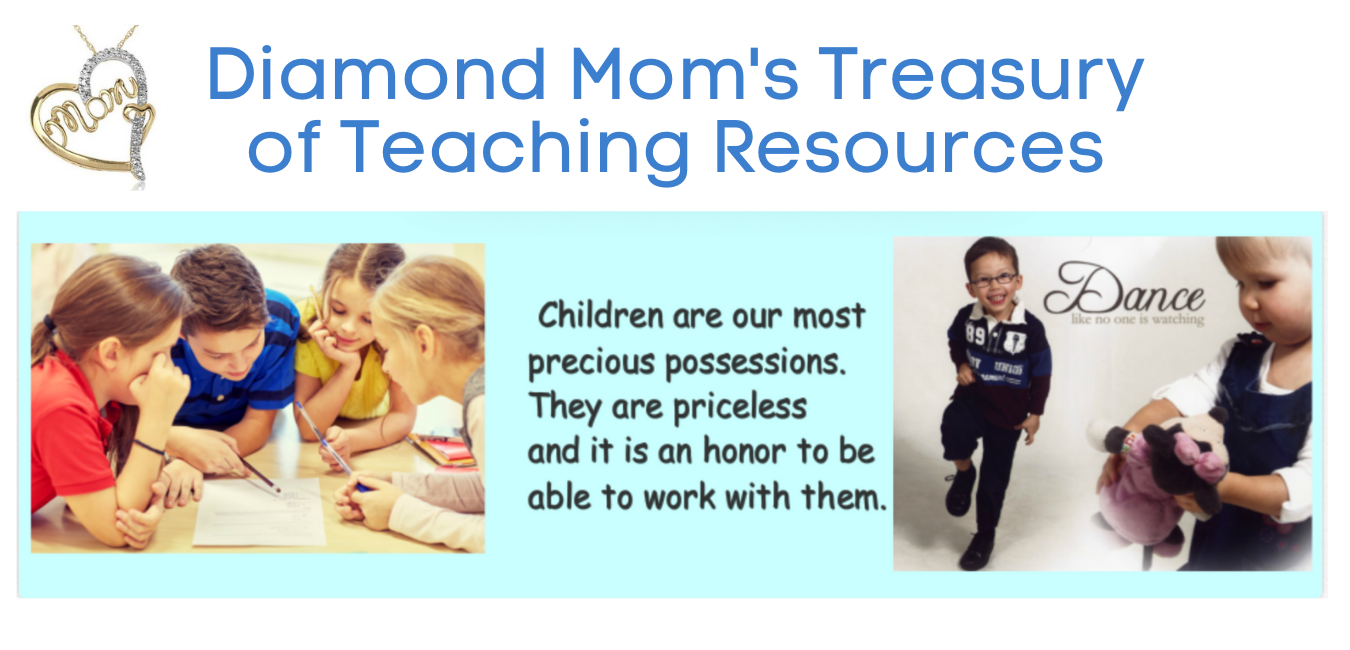
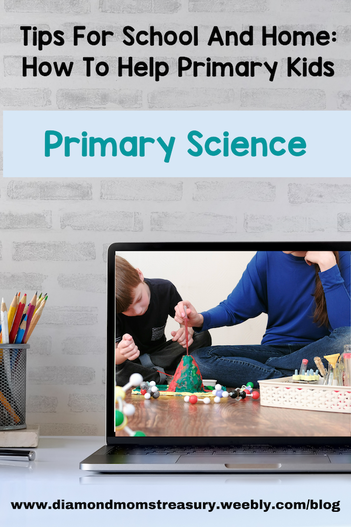
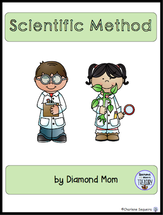
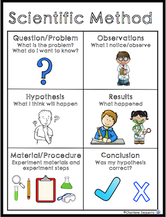
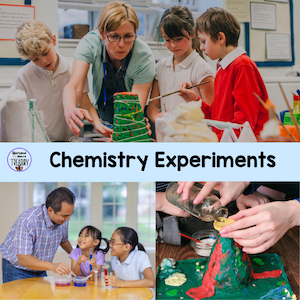
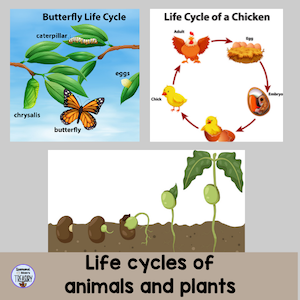
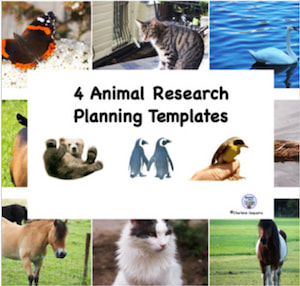
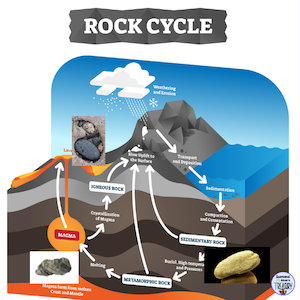
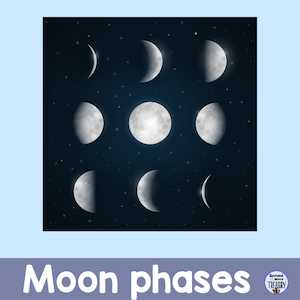
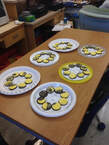
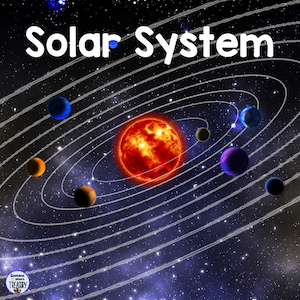
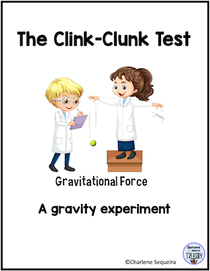
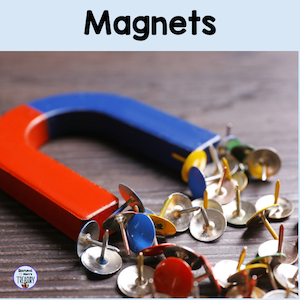
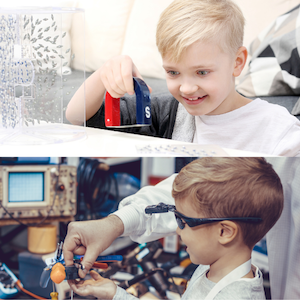
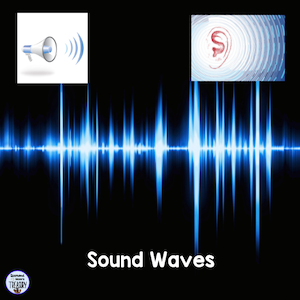
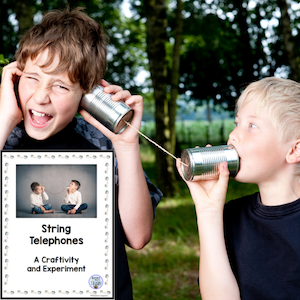
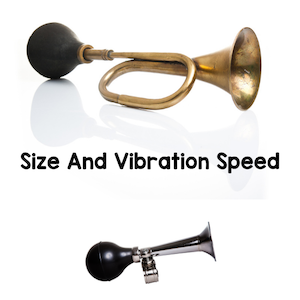
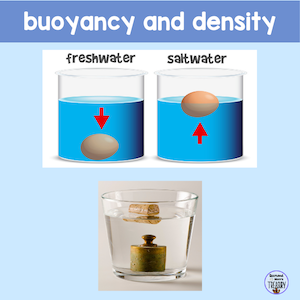
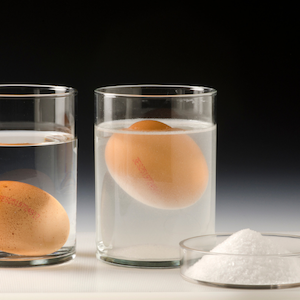
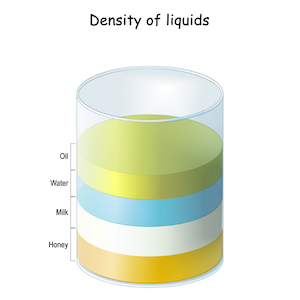
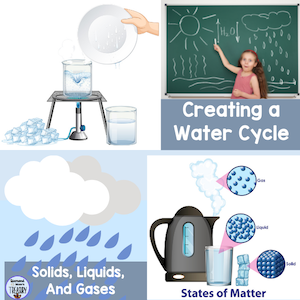
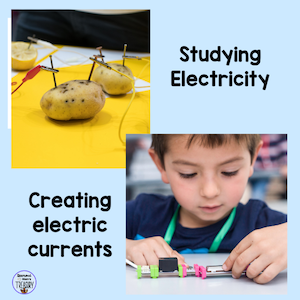
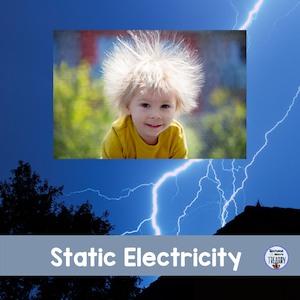
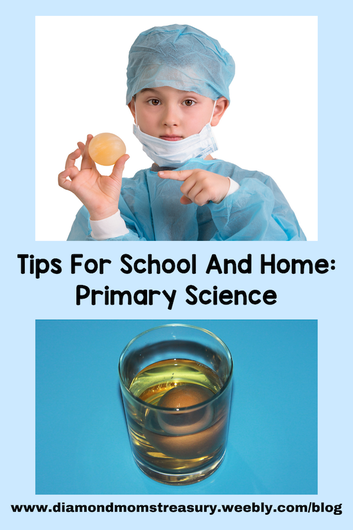

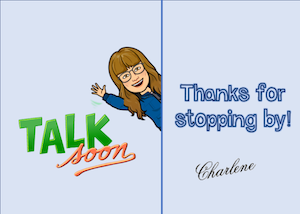
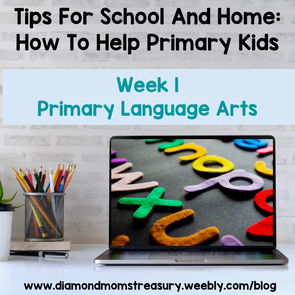
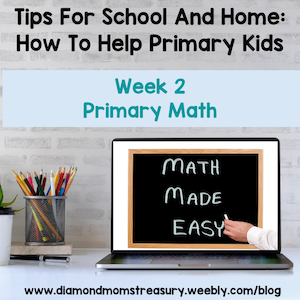
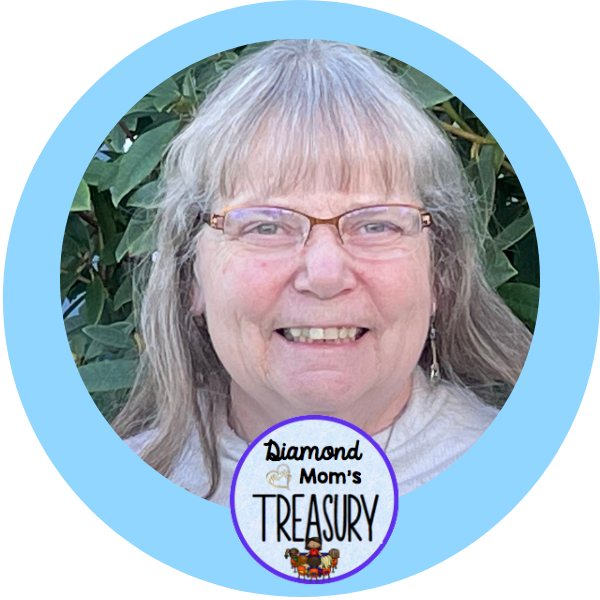


 RSS Feed
RSS Feed